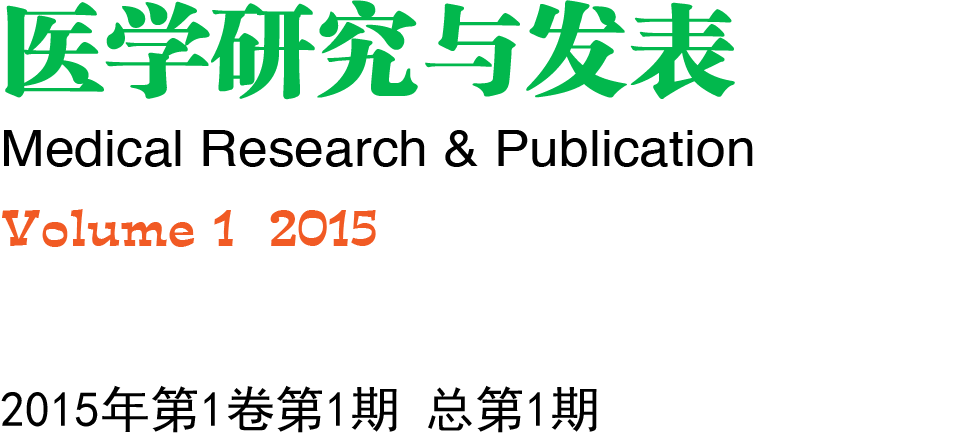原文信息:
Increased rheumatoid factor and deep venous thrombosis: 2 cohort studies of 54628 individuals from the general population
Clin Chem. 2015 Feb;61(2):349-59. doi: 10.1373/clinchem.2014.233296. Epub 2014 Oct 2.
BACKGROUND: The risk of deep venous thrombosis is increased in patients with rheumatoid arthritis. We tested the hypothesis that increased concentrations of rheumatoid factor are associated with increased risk of deep venous thrombosis in individuals without autoimmune rheumatic disease in the general population. METHODS: We included 54628 participants from the Copenhagen City Heart Study (1981-83) and the Copenhagen General Population Study (2004-12), all with a measured concentration of IgM rheumatoid factor and without autoimmune rheumatic disease or venous thromboembolism. The main outcome was incident deep venous thrombosis. There were no losses to follow-up. RESULTS: During 368381 person-years, 670 individuals developed deep venous thrombosis. A rheumatoid factor concentration >/= vs <110 IU/mL showed the strongest association with deep venous thrombosis, with multivariable adjusted hazard ratios of 9.0 (95% CI 3.1-26) for 1-year follow-up, 4.3 (2.2-8.5) for 5-year follow-up, and 3.1 (1.7-5.6) for up to 32 years of follow-up. Compared with rheumatoid factor concentrations <15 IU/mL, the multivariable adjusted hazard ratios for deep venous thrombosis during maximum follow-up were 1.3 (1.0-1.5) for 15-29 IU/mL, 1.7 (1.0-2.8) for 30-59 IU/mL, 2.4 (1.3-4.3) for 60-119 IU/mL, and 3.0 (1.6-5.6) for >/=120 IU/mL (trend P = 6 x 10(-7)). Results were similar in the 2 studies separately. Obese men and women age >60 years with rheumatoid factor concentrations >/=120 IU/mL had 10% and 8% 5-year risk of deep venous thrombosis. CONCLUSIONS: Increased rheumatoid factor in the general population was associated with up to 3-fold increased long-term risk and up to 9-fold increased 1-year risk of deep venous thrombosis.
原文链接:http://www.clinchem.org/content/61/2/349.long |





